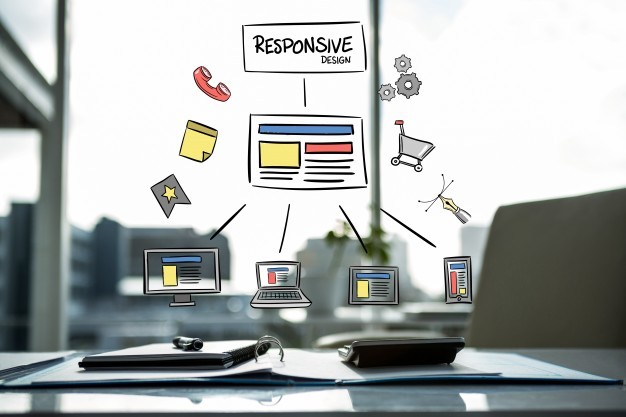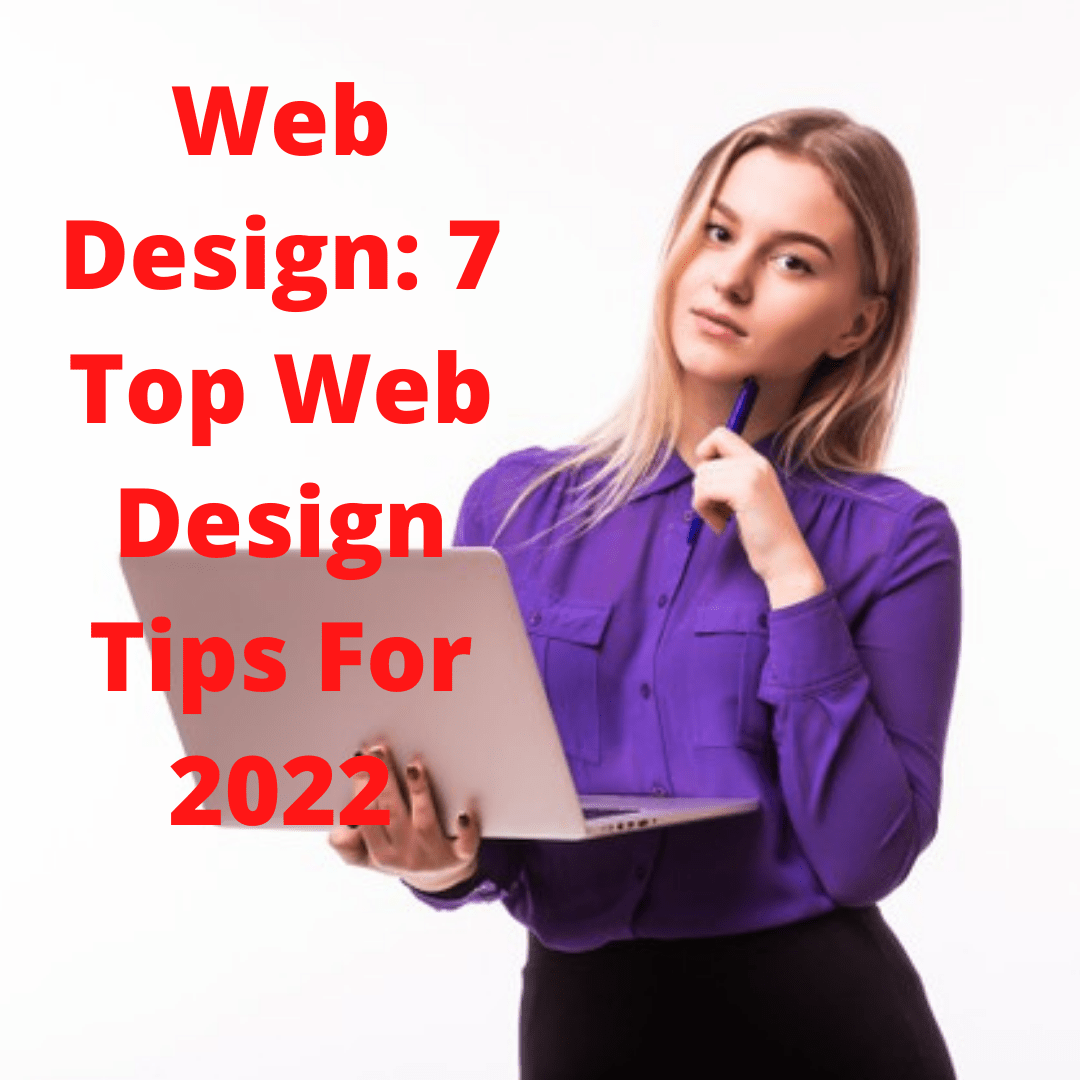
Web design is one of the top factors of the website’s success. These days many people judge the company’s credibility through its website design.
Web Design: 7 Top Web Design Tips For 2022
It is the first point of contact between the visitor and the brand. You need to create an attractive web design site.
A well-developed website gets better traffic and engagement.
Here are the top web design tips for 2022.
1. Website Speed
Website speed is a necessity for businesses’ websites. Also, website speed will improve the visitor experience.

Many studies show that if the website takes longer than 3 seconds to load, about 40% of the visitors will abandon the website. (people don’t like slow websites)
Invest in the site speed to increase revenues and conversions. Make it as fast as possible, so that visitors do not have to wait.
- Keep It Simple

Reduce overwhelming experiences and distractions. Keep it simple. Visitors don’t like visual complexity. A minimalist website works best on average.
People love familiarity, so design an easier-to-navigate website where everything is available at the touch of the button. Use the standard layout.
- Landing Pages
Sometimes, landing pages are the most neglected aspect of the website. Attractive landing pages are short, comprehensive, and sweet. Put all the necessary information but not so much to scare the visitor away.

- Design A Professional Logo
Brands are recognized by their logos even if they do not have the name (for instance, Apple’s logo). If your website is lacking a creative logo, design one or hire a professional to do so. You could even hire a graphic designer on Fiverr or Upwork to help you.
5. Avoid Carousel, Tabs, And Sliders

Though many web developers think these look cool, the general public begs to differ. Stats show that Carousels are pretty useless.
The same goes for tabs and sliders. Many visitors don’t like to make extra clicks to view the content.
- Use Visual Cues
Use different elements on the site to attract visitors’ attention. Use direct visual cues like movement, depth, form, and color. Also, you can use arrows, borders, and others.
Clear call-to-action (CTA) will help to generate leads and pay customers.

- Mobile-Friendly Website
A common mistake is that many businesses and marketers don’t have mobile-friendly websites. Over half of your website, visitors will be viewing it from their mobile phones.
So, create a mobile-friendly design to increase traffic and conversions.

Last Tip
It has to be more than a pretty site to be successful. These top web design tips will help you create a better website that visitors will like.
These days visitors do not like a fancy UX but a simple, easier-to-use website design.
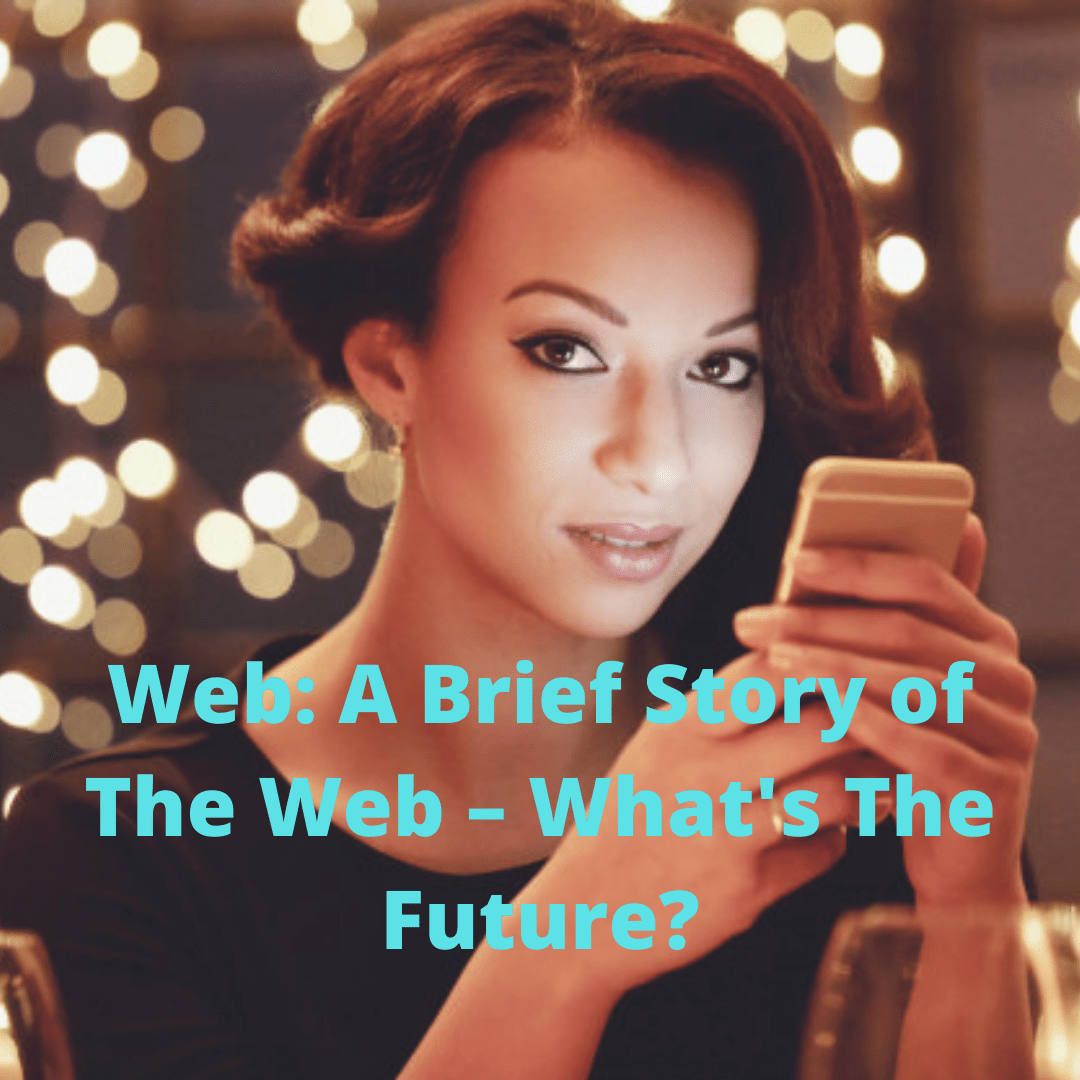






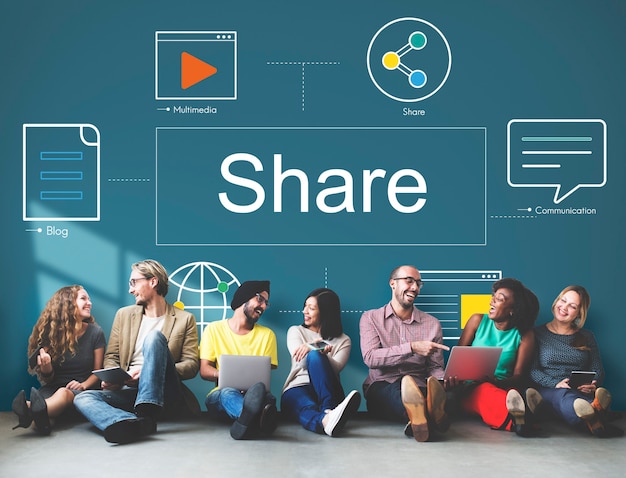


![Web Design: The Psychology of Color in Web Design [Infographic]](https://blog.red-website-design.co.uk/wp-content/uploads/How-to-Use-Colour-Psychology-to-Create-an-Irresistible-Website-in-2022-768x8819.jpg.webp)
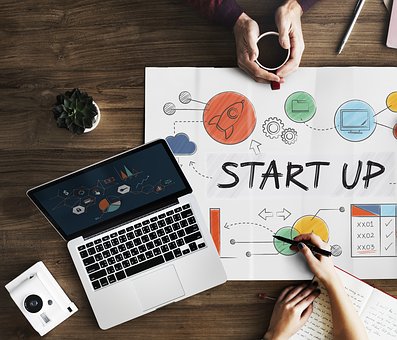
![Web Design: The Psychology of Color in Web Design [Infographic]](https://www.bestprofitsonline.com/myblog/wp-content/uploads/2021/09/beautiful-young-girl-pink-t-shirt-covers-her-face-holds-pineapple_169016-3588.jpg)
![Web Design: The Psychology of Color in Web Design [Infographic]](https://www.bestprofitsonline.com/myblog/wp-content/uploads/2021/09/akatharinav_44192267_2047179245334458_6556261524184150438_n.jpg)
![Web Design: The Psychology of Color in Web Design [Infographic]](https://www.bestprofitsonline.com/myblog/wp-content/uploads/2021/09/brother-holding-sticks-in-hands-sitting-with-her-sister-in-meadow_23-2147893146.jpg)
![Web Design: The Psychology of Color in Web Design [Infographic]](https://www.bestprofitsonline.com/myblog/wp-content/uploads/2021/09/attractive-charming-woman-in-swimsuit-and-sunglasses-applying-sun-lotion-on-her-legs_8353-6283.jpg)
![Web Design: The Psychology of Color in Web Design [Infographic]](https://www.bestprofitsonline.com/myblog/wp-content/uploads/2021/09/business-development-strategy-results-concept_53876-21271.jpg)
![Web Design: The Psychology of Color in Web Design [Infographic]](https://www.bestprofitsonline.com/myblog/wp-content/uploads/2021/09/colleagues-working-desk_53876-46929.jpg)
![Web Design: The Psychology of Color in Web Design [Infographic]](https://www.bestprofitsonline.com/myblog/wp-content/uploads/2021/09/cheerful-cute-girl-with-long-curly-hair-in-red-dress-holding-air-balloons_8353-6826.jpg)
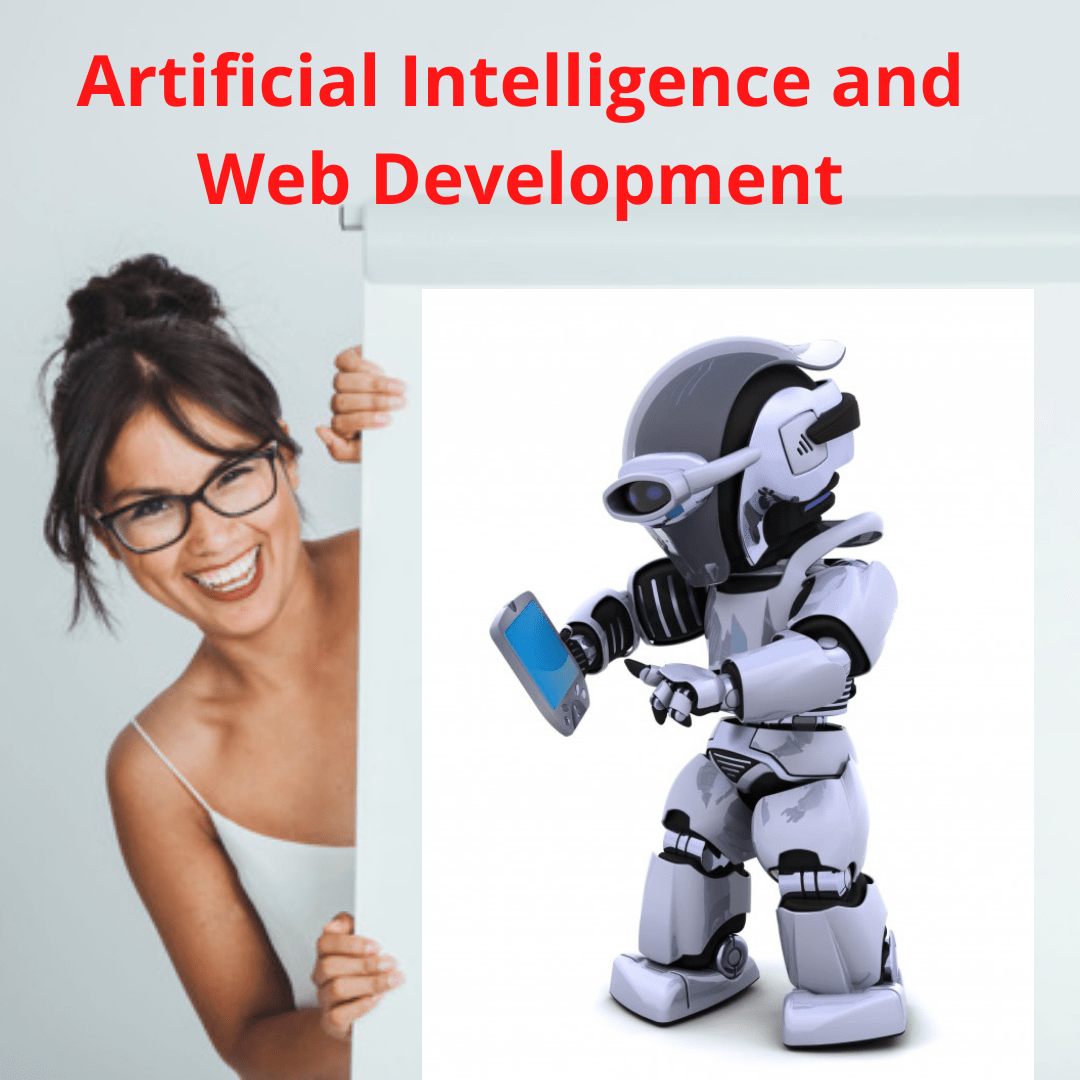

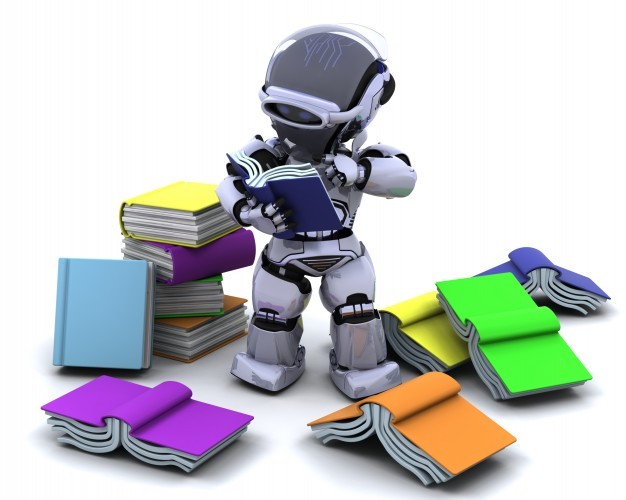

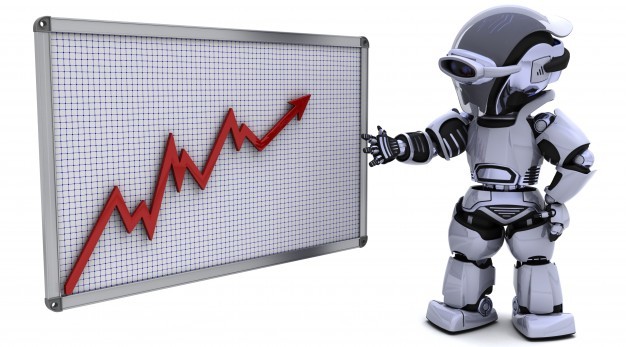


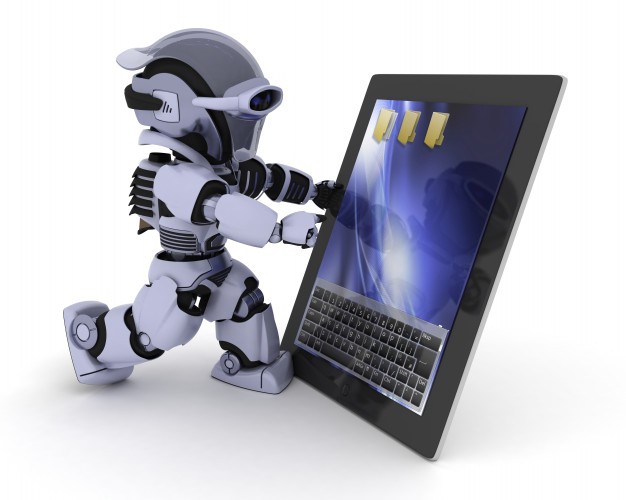


![Web Design: 10 Trends for 2022 & Beyond [Infographic]](https://blog.red-website-design.co.uk/wp-content/uploads/10-Web-Design-Trends-Predictions-for-2022-Beyond-768x4639.jpg.webp)
